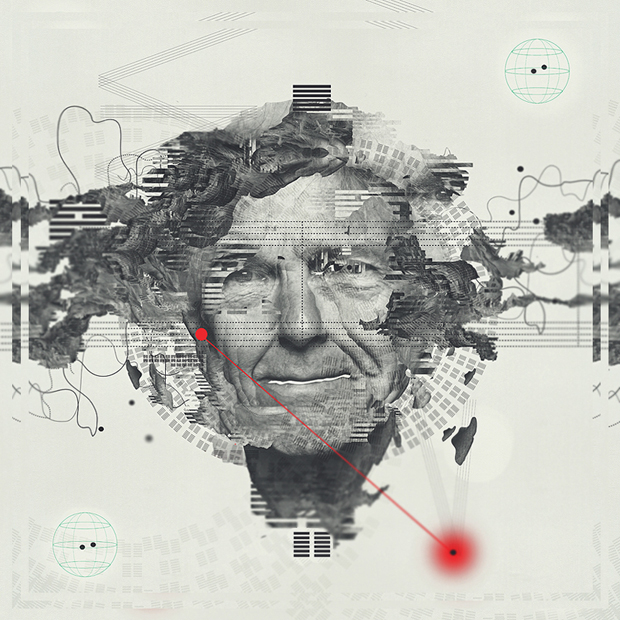
John Cage's gift to art
On the 100th anniversary of his birth we celebrate the avant-garde composer's lasting influence on modernism
"No one in the last century did more to change the way much of the world now thinks about, makes and consumes art" than John Cage. That's one of the tributes in a great LA Times appreciation of the artist, composer and avant-garde pioneer who would have been 100 today. It goes on: "The voluminous Cage literature has underestimated or glossed over the degree to which his revolutionary ideas had their origins in the singular and sometimes outlandish L.A. cultural stew of the '20s and '30s -- a liberating, vibrantly open society where highbrow émigré artists mixed with mystics and movie stars, where artistic and sexual experimentation were not necessarily separate activities."
Cage famously collaborated with Robert Rauschenberg and Marcel DuChamp and during his lifetime (he died in 1992) inspired everyone from Jasper Johns to Ellsworth Kelly, the American Minimalists, the Fluxus group and countless exponents of performance art. The recorded number of works inspired by his legendary piano piece 4’33” alone (the score instructs the performer not to play the instrument during the entire duration of the piece throughout its three movements) has inspired pieces by Tacita Dean, Philippe Parreno and Katie Paterson among others.
As the LA Times piece points out, bizarre occurrence was already part of his upbringing as this excerpt, centreing on his inventor father, reveals.
“Idiosyncratic spectacle was, in fact, part of Cage’s DNA. The first one he witnessed was as an infant, but he spoke about it all his life. On a late spring afternoon in 1913, the tip of a submarine emerged from the bottom of the Long Beach harbor where it had been buried under five feet of mud for 36 hours. Thousands of spectators let out thunderous cheers. Nearby factories blasted their whistles. Three dozen boat launches honked their foghorns.That glorious racket was what would now, no doubt, be called Cagean. Stepping off one of those launches, the mayor of Long Beach walked onto the flat top of the sub and cut the seal with a knife. Out climbed the sub’s inventor and his crew. They had just broken the world’s underwater record by a dozen hours, and the inventor said he felt ‘dandy.’ The event was the top story on the front page of The Times the next morning under the headline: ‘Comes Up Famous.’ A picture shows the young inventor in a bowler hat kissing his stylish wife. These were John Cage’s parents.”
Read the full LA Times piece here and take a look at The Music Of Painting, new to paperback (250 points for Phaidon Club members), which reveals how music and painting drew on each other for inspiration and stimulation during the emergence and development of modernism. The book analyses individual pieces of music and works of art, from Paul Signac’s musical seascapes and Modeste Musorgsky’s popular piano pieces to Wassily Kandinsky’s abstract paintings and, of course, John Cage’s silent works. And also don't forget another our books that looks at the work of Cage, American Pioneers (100 points for Phaidon Club members).